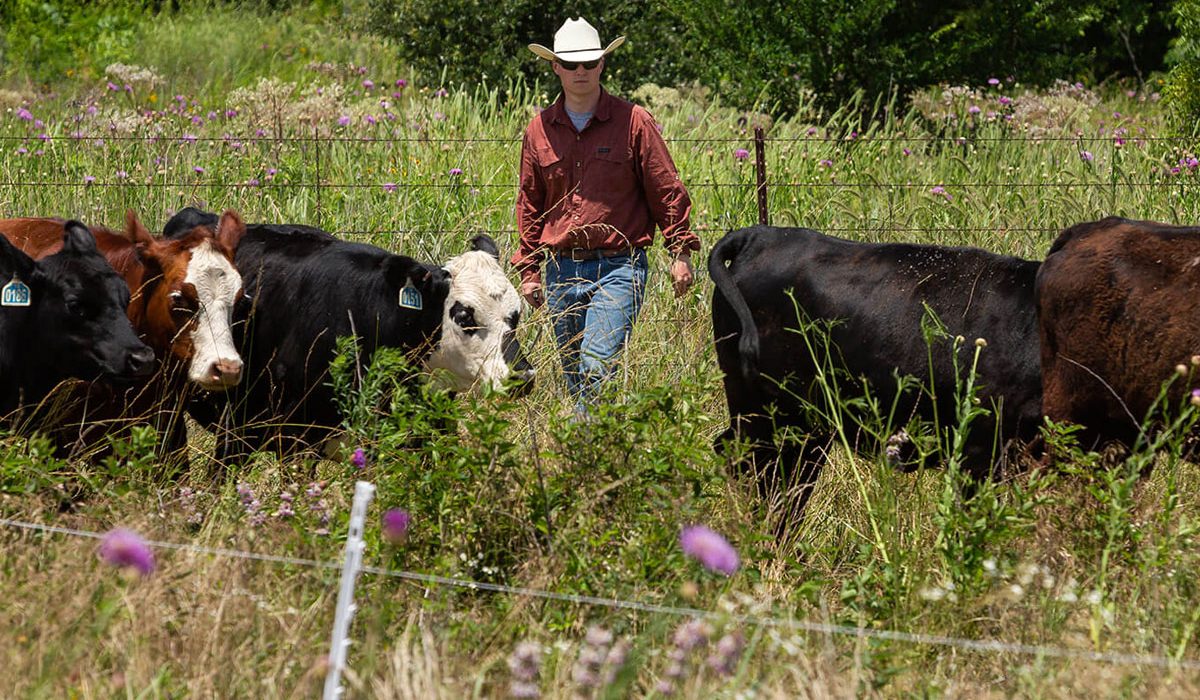Noble Research Institute

U.S. agricultural production exists in all 50 states and provides almost everything consumers eat and wear each day. Moreover, U.S. agriculture employs more than 10% of the nation’s workforce.
“Our founder Lloyd Noble once said, ‘… all good deeds start in the hearts and souls of individuals …,’ and nowhere is that more obvious than in the agriculture community,” said Steve Rhines, Noble president and CEO. “We hold a deep appreciation for the people who steward our nation’s grazing and crop lands, produce our food, and give so much of themselves for others.”
For the past 75 years, Noble has served farmers and ranchers through education, consultation, demonstration and research. Through its work in regenerative ranching, Noble continues to assist farmers and ranchers by providing knowledge and tools to manage the operational variables they can control while they build resilient soils, animals and operations to manage through the circumstances they cannot control, including weather and market fluctuations.
Regenerative ranching uses intentional interactions among soil, plants, water and grazing animals to help build resilience in the soils of the nation’s grazing lands. Regenerative agriculture capitalizes on such natural interactions to regenerate the soil and restore functionality of our nation’s grazing lands. Healthy soil is the cornerstone of a healthy ecosystem and a productive farm or ranch.
“We are honored to work beside our nation’s farmers and ranchers every day,” Rhines said. “When we help them see a solution to a nagging problem, reduce the complexity of their job, assist them to achieve lasting profitability, and, at the same time, help them improve the health of their land, we know that we our achieving our objective.”


